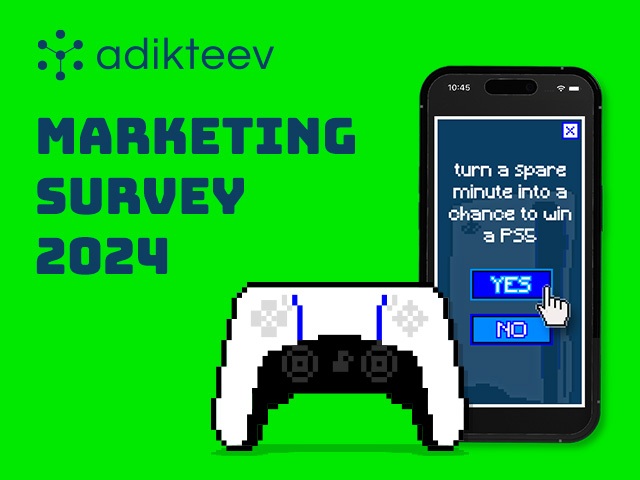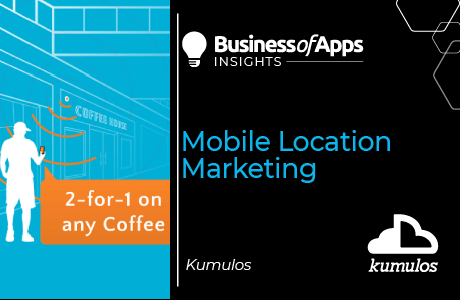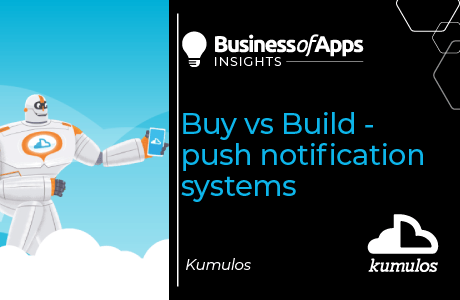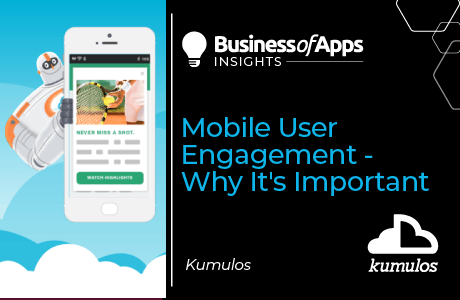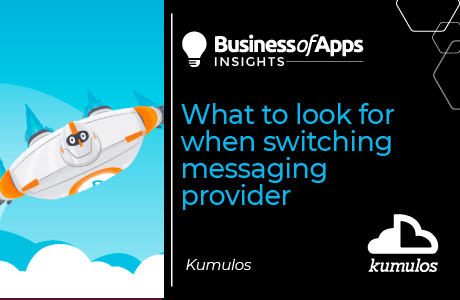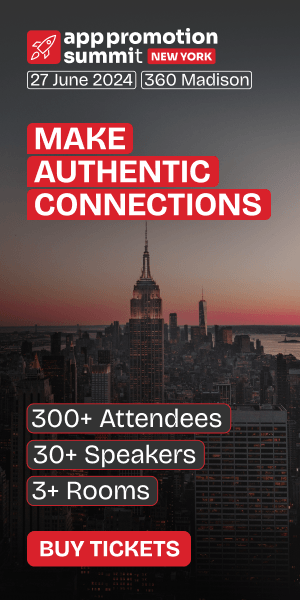When we, at Kumulos, talk to busy mobile app development businesses they tell us one of their biggest challenges is getting the mobile app build project properly scoped. Often projects become too organic with new requirements emerging through the life of the project. And, sometimes there are too many ideas on what the app should do. App Developers and Clients then find it difficult to really define what success looks like.
At Kumulos, what we’ve found is that if you can get good insight into the project by getting answers to these 5 questions right at the start of the project, it’s more likely to be a success. A project that starts off in the right direction has more chance of ending up in the right place. So, for Business of Apps readers, here’s 5 questions you need answered before you start your next mobile app build.
What’s The Budget?
Mobile projects are really difficult to budget estimate, but for you to scope the project you need at least to work to a range. Defining the scope of work is also really important. It not just about the physical build. Is there budget for researching the app, competitors, key functions that users will highly value that will guide you on what the first release (or minimum viable product) needs to have for the app to be market ready. If it’s a new client it could become a tricky game of poker, neither side wanting to show their hand, but unless you get to a range pretty quickly, expectation management is going to be tricky. If the client can’t give you a range, that could be a red flag, it may not be a serious project but just a vague idea they are trying to flesh out.
You should also agree what the ongoing budget is going to be once the app is live. There will probably be hosting costs, ongoing optimization of the app on-boarding and in app use, discovery optimization, push notification services you should be offering as well as managing scaling out back-end systems as app user grows. Knowing how much ongoing work the app will require could also influence how much you charge in the initial build phase. You could decide to scale back costs on the initial build and get the app to market quicker, then work with the app owner to continually improve the app over time. They get an awesome app that’s just getting better and better. You build long term income streams for your business and long term relationships with your clients.
What Design Considerations Does The Mobile App Have To Work Within?
Are there corporate guidelines that the mobile app layout and screen designs need to conform to? Will this work on a mobile format? Are there constraints on how it can appear in the app store. Will this tell you how the icons in the app store need to look? Will this limit how the app will pop-out at someone browsing the store? What scope is there to push back on the branding police to get some design latitude to let you do an awesome job?
What Are The Data Points That Your Client Will Need To Get From The App?
Baking the measures, metrics and benchmark objectives into the mobile app at the design stage will help make sure that the mobile app build phase delivers against the key measures of success. If you don’t define the key metrics, that underpin the tangible measures of success for the app at outset, how will you focus the decision on MVP features? Also mapping out the analytics and metrics during the build will save the agony of trying to retro-fit these late in the day, or worse be duped into judging the success of the app based on what’s easy to measure, rather than what are actually the true measures of success. Core to this should be measures of recency, frequency, duration & lifespan.
Clients want to know
- How many downloads?
- On what platforms?
- Ratio of push notifications activated?
- How many that download are actually fully installing?
- How many active users you have (is this growing)?
- What features are being used the most?
- Where are the dead areas of the app that need re-thought?
- How frequently is the app being used?
- For how long (use session length)?
- How many transactions (sales) have completed?
Mapping the actual against expected, looking at the variance then working a plan to close the gap between actual and plan is what it’s all about. As long as these are defined up front of course. You’ve got a huge role to play here, and a huge opportunity to generate ongoing monthly recurring revenue from the initial app project to help the owner of the app optimize and improve the commercial performance of the app.
How Is The App Going To Be Found When It’s Ready To Go Live?
If it’s a B2E app, this may not be that important, but for B2B and B2C apps getting found in GooglePlay and the AppStore is going to be important to draw users to the app. Don’t think this is an afterthought. Its not. You have to think of this at the design and development stage. Make sure it conforms to design guidelines of each store it’s listing in, if it doesn’t follow the rules it’s going to be tricky to get it listed. You’ll also need a good app store optimization tool to ensure you’re targeting the right keywords. Carefully think about future releases, as this has a huge influence on discovery. An App that’s continually being developed will rank better in the store. Also make the icon impactful so it communicates the value and purpose of the app is really important. And don’t discount video. Including a short video demonstration of your app will have a huge impact on driving download conversions from your app store listing page.
What About Post Launch? What’s The Ongoing Plan To Learn & Improve?
No matter how awesome you are as a mobile app development agency you’re just not going to get everything right first time. You’re also probably not going to be able to deliver all the features your client wants, within the budget they have to spend and the timescale you’re presented with. The clients going to be very very focused on the first delivery point, getting the mobile app live. That’s natural. But your job is to coach them to think longer term. Get them to think about the MVP, and getting them to build the backlog creates the mind-set that this is an ongoing project. The first phase is version 1. This means you get them thinking early about the ongoing phases of releases as well as the promotion of the app.
Making sure that there is good data coming from the app is also critical. In addition to crash reporting & diagnostics, using data & analytics to know how the app is performing particularly focusing on recency, frequency, duration and lifespan. Getting your client to predict upfront what is the expected “Norm” and tracking variance from that will help your and your client prioritize the remedial work that will be needed to get the app downloaded, used, and reused frequently.
If you want to know more about Kumulos ask for a demo.




